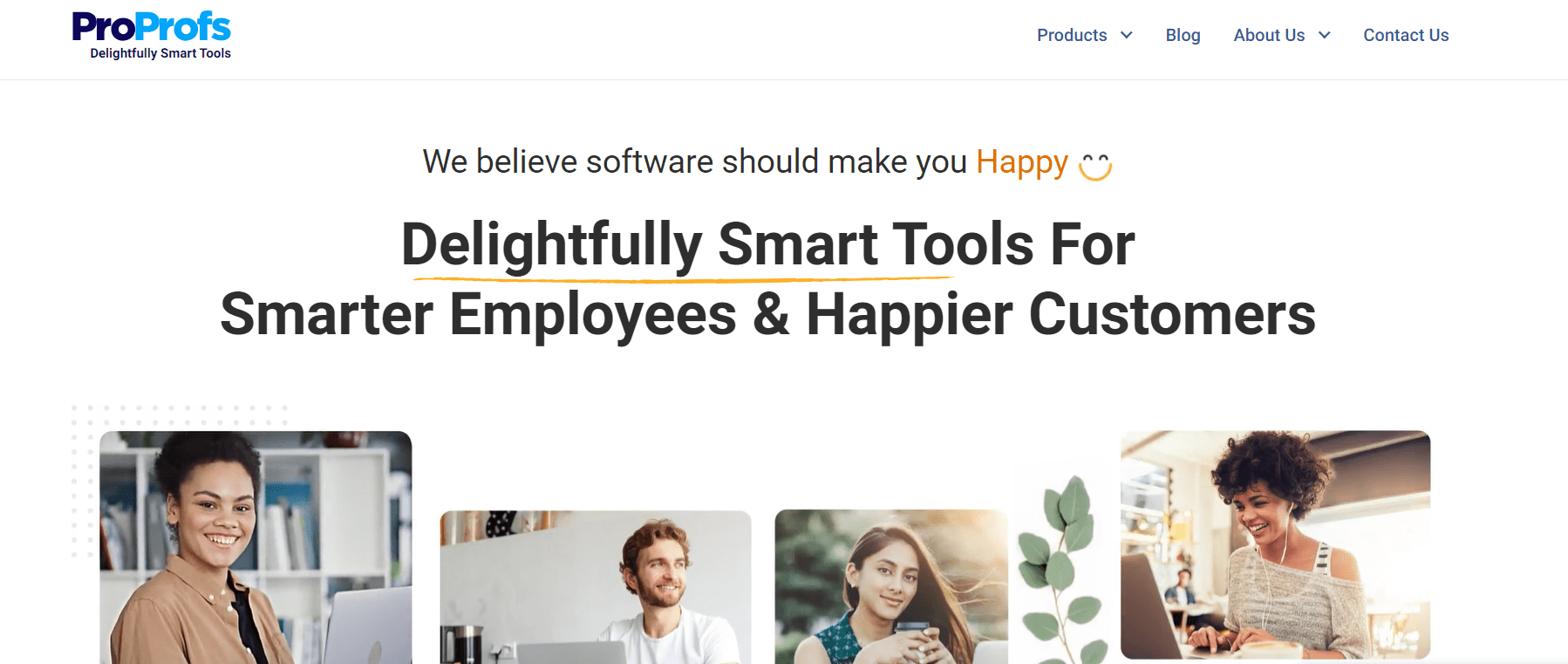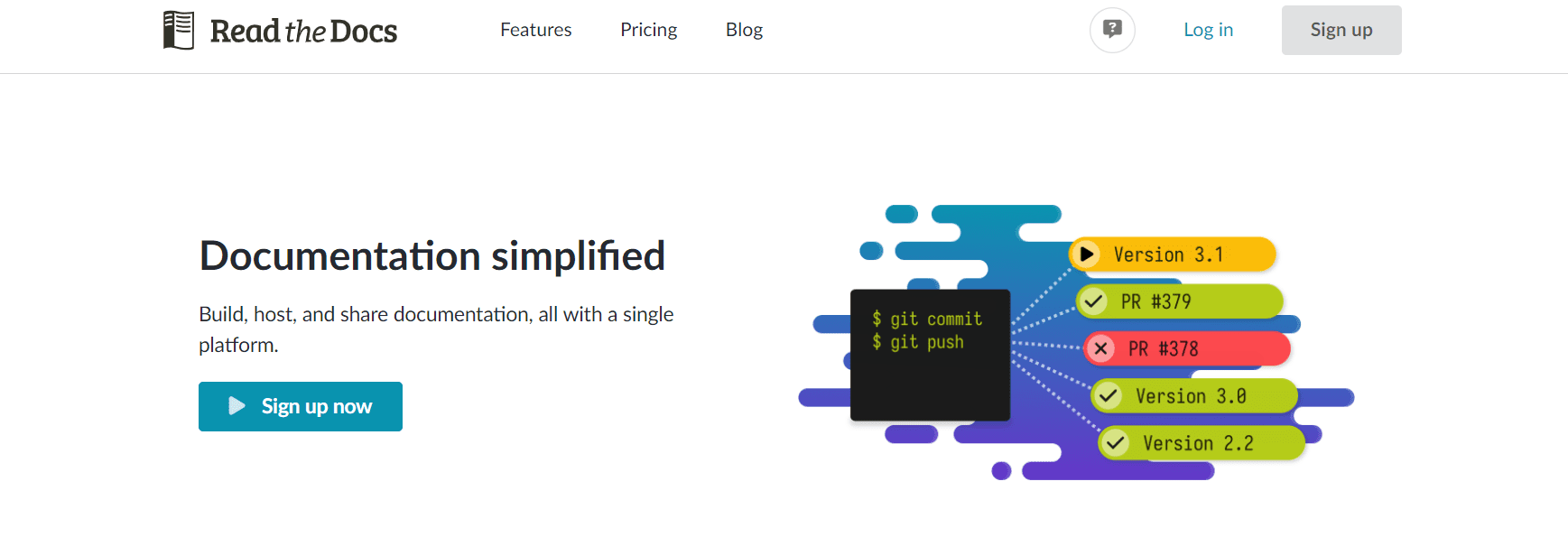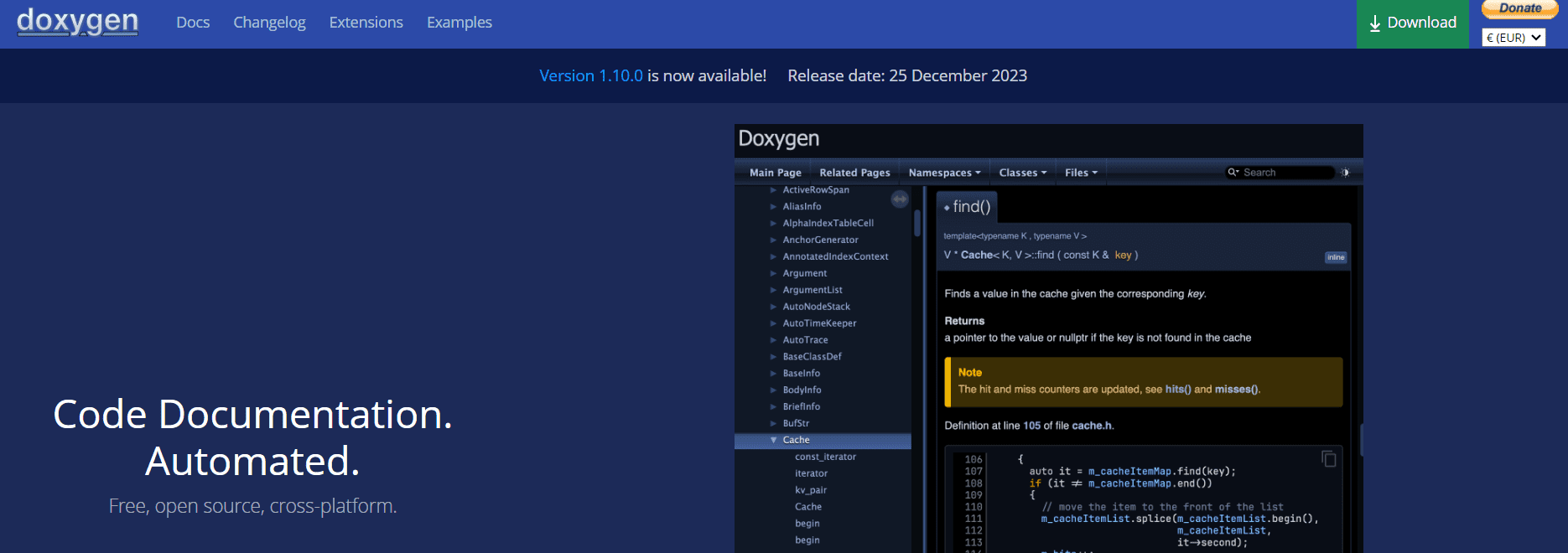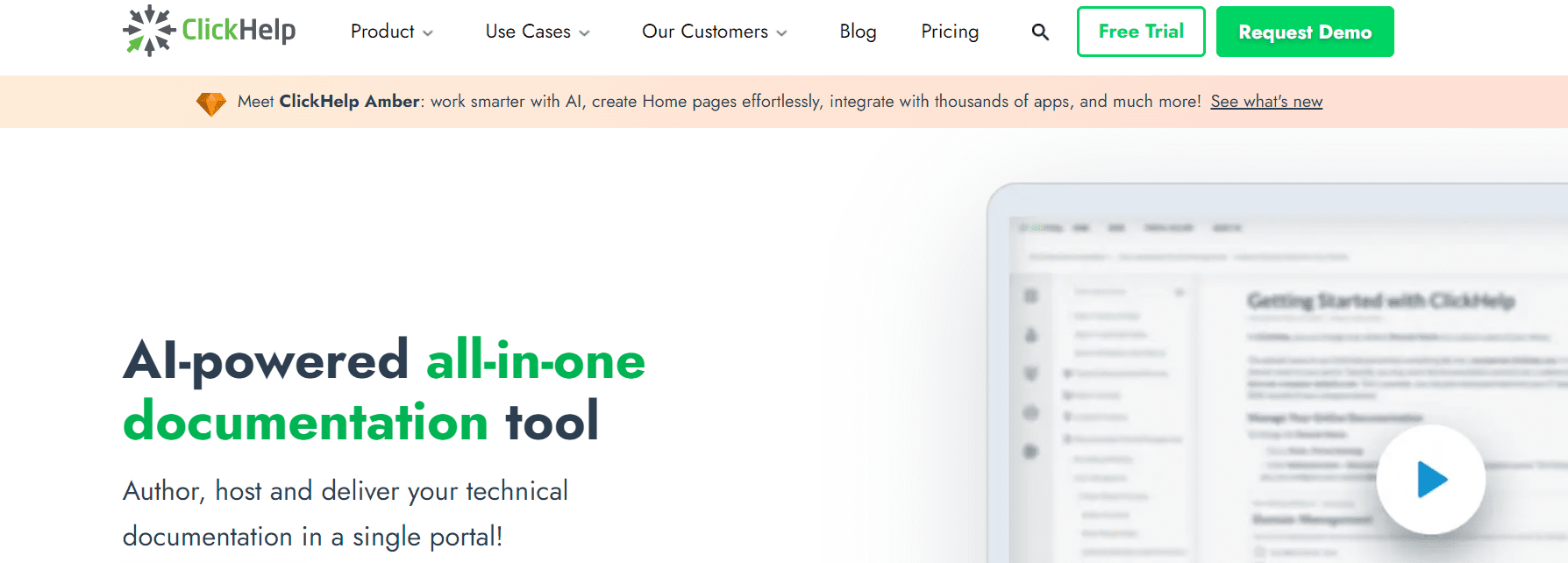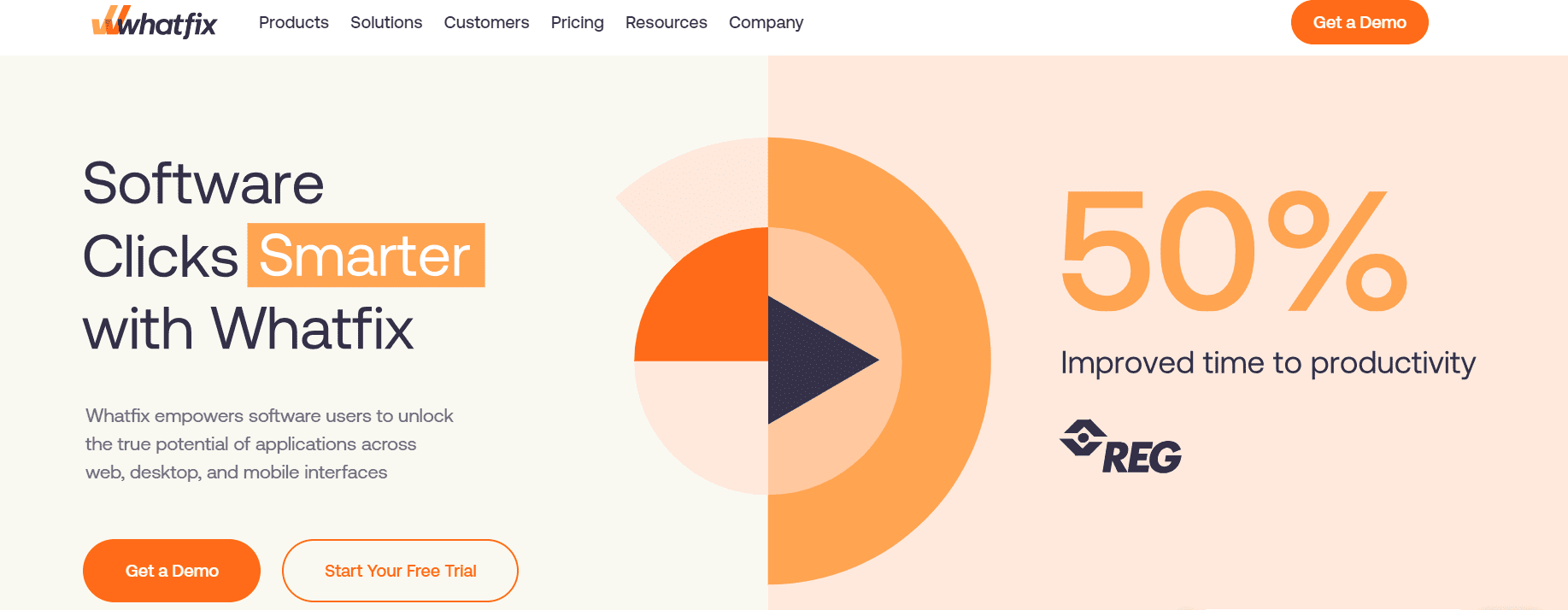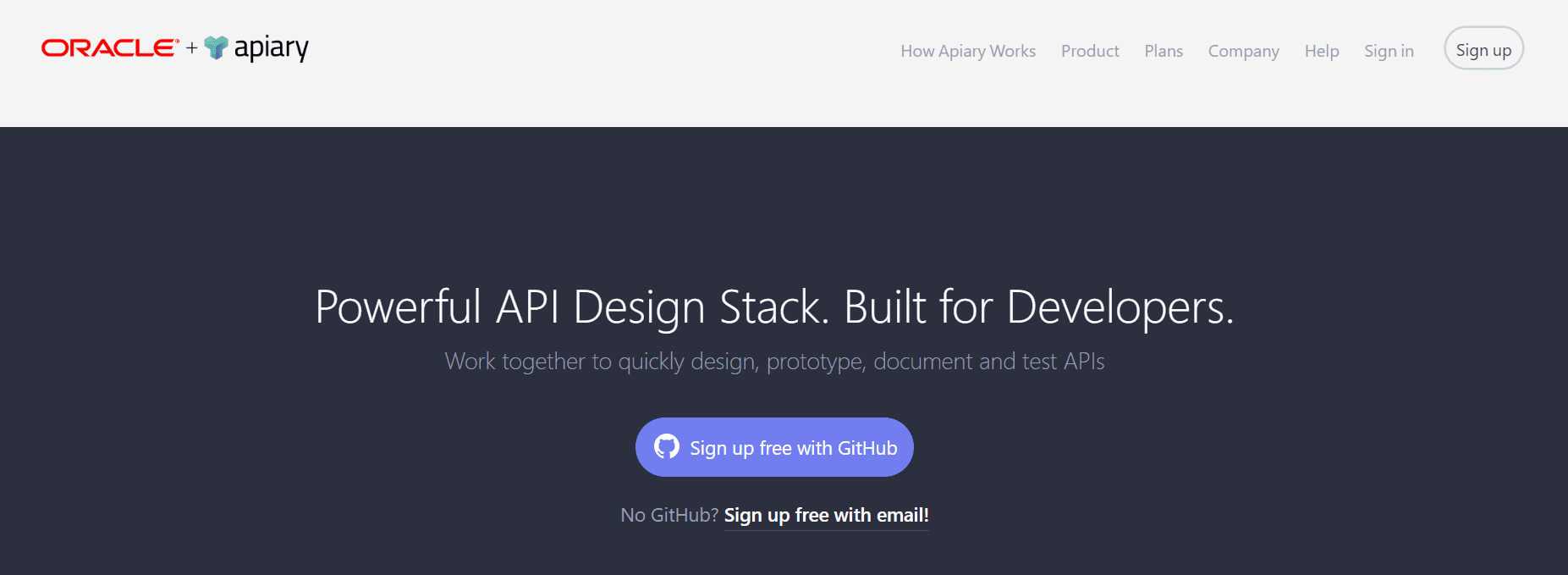In software development, effective documentation is the backbone of communication, collaboration, and knowledge sharing among teams. However, crafting comprehensive and accessible documentation can be daunting without the right tools. This article delves into the best software documentation tools available, analyzing their features, advantages, and drawbacks to help you streamline your documentation processes.
What Is Software Documentation?
Before delving into the tools themselves, it’s essential to understand the significance of software documentation. Software documentation encompasses various artifacts created during the software development lifecycle to communicate information about the product, its architecture, functionalities, APIs, and usage guidelines. It serves as a reference for developers, testers, stakeholders, and end-users, facilitating understanding, troubleshooting, and future maintenance of the software.
Software documentation comes in various forms, including:
- Technical Documentation: Details about the software’s architecture, APIs, data structures, algorithms, and codebase.
- User Documentation: Instructions, tutorials, and guides aimed at end-users to help them understand and utilize the software effectively.
- API Documentation: Documentation focused on Application Programming Interfaces (APIs), providing information on endpoints, parameters, authentication, and usage examples.
Best Software Documentation Tools
Now, let’s explore the best tools for creating and managing software documentation.
Document360
Document360 is a robust knowledge management platform designed to streamline software documentation creation, organization, and maintenance. It offers many features tailored to the needs of software development teams.
Pros:
- Intuitive Editor: Document360 provides a user-friendly WYSIWYG editor that simplifies creating and formatting documentation.
- Version Control: It offers version history and rollback functionality, allowing teams to track changes and revert to previous versions if necessary.
- Customization Options: Users can customize the documentation portal’s appearance, branding, and structure to align with their organization’s identity and requirements.
- Collaboration Tools: Document360 facilitates collaboration among team members through features like comments, mentions, and role-based access control.
Cons:
- Learning Curve: While Document360 is intuitive, mastering advanced features may require time and training.
- Pricing: Some users may find Document360’s pricing plans relatively high compared to other alternatives.
Nuclino
Nuclino is a versatile tool that combines real-time collaboration, knowledge management, and documentation features in a simple and intuitive interface.
Pros:
- Real-Time Collaboration: Nuclino allows multiple users to collaborate on documents simultaneously, facilitating seamless teamwork.
- Hierarchical Structure: It offers a flexible hierarchical structure with nested documents and a sidebar for easy navigation and organization.
- Search Functionality: Nuclino’s powerful search functionality enables users to find relevant information across documents quickly.
- Integration Capabilities: It integrates with popular tools like Slack, Trello, and Google Drive, enhancing workflow efficiency.
Cons:
- Limited Customization: Some users may find Nuclino’s customization options needing improvement compared to other tools.
- Export Options: While Nuclino supports exporting content, the range of export formats is limited.
GitHub
GitHub, primarily known as a version control platform, also offers robust features for hosting and managing software documentation through its repositories and wikis.
Pros:
- Version Control: GitHub’s version control capabilities enable teams to track changes, collaborate on documentation, and maintain a history of edits.
- Markdown Support: Markdown is a lightweight markup language that simplifies the process of writing and formatting documentation.
- Community Engagement: GitHub fosters community engagement through features like pull requests, discussions, and issue tracking.
- Integration Ecosystem: It integrates flawlessly with various development tools and services, enhancing workflow integration.
Cons:
- Complexity for Non-Technical Users: Non-technical users may need help finding GitHub’s interface and terminology.
- Limited WYSIWYG Editing: While GitHub supports Markdown, users accustomed to WYSIWYG editors may need more visual editing.
MarkdownPad
MarkdownPad is a lightweight Markdown editor designed for Windows users, providing a simple yet powerful platform for creating and editing Markdown documents.
Pros:
- Simplicity: MarkdownPad offers a clean and intuitive interface that focuses on the essentials, making it ideal for users who prefer a minimalist writing environment.
- Live Preview: It provides a live preview feature that allows users to see how their Markdown content will appear in real time.
- Customizable Styles: Users can customize the editor’s theme and styles to suit their preferences and improve readability.
- Portable Installation: MarkdownPad offers a portable installation option, allowing users to run it from a USB drive without installation.
Cons:
- Windows Compatibility Only: MarkdownPad is available exclusively for Windows, limiting its accessibility for users on other operating systems.
- Basic Features: While MarkdownPad is sufficient for basic Markdown editing, users may need more advanced features than other tools.
ProProfs
ProProfs Knowledge Base is a comprehensive knowledge management platform that enables organizations to create, share, and collaborate on documentation and other educational content.
Pros:
- Rich Media Support: ProProfs allows users to incorporate rich media elements like images, videos, and interactive quizzes into their documentation.
- Access Control: It offers robust access control features, allowing administrators to define user roles and permissions for secure content management.
- Analytics: ProProfs provides analytics and reporting tools to track document usage, user engagement, and performance metrics.
- Customizable Templates: Users can choose from various customizable templates to quickly create professional-looking documentation.
Cons:
- Pricing: Some users may find ProProfs’ pricing plans relatively expensive, especially for smaller teams or organizations.
- Learning Curve: While ProProfs is user-friendly, mastering its advanced features may require time and training.
Read the Docs
Read the Docs is a popular platform for hosting and publishing documentation for software projects, particularly those written in Python and related technologies.
Pros:
- Automated Builds: Read the Docs automatically builds documentation from project repositories, eliminating the need for manual updates.
- Versioning: It supports versioning, allowing users to maintain multiple versions of documentation and switch between them seamlessly.
- Sphinx Integration: Read the Docs integrates seamlessly with Sphinx, a popular documentation generation tool for Python projects.
- Community Engagement: Read the Docs fosters community engagement through features like comments, discussions, and issue tracking.
Cons:
- Python-Centric: While Read the Docs is excellent for Python projects, users working with other technologies may find it less suitable.
- Limited Customization: Some users may discover that Read the Docs’ customization options are limited compared to other documentation platforms.
Doxygen
Doxygen is a documentation generator tool widely used for generating documentation from source code, particularly in the C++, C, Java, and Python communities.
Pros:
- Source Code Integration: Doxygen extracts documentation directly from source code comments, eliminating the need for separate documentation files.
- Multiple Output Formats: It supports various output formats, including HTML, PDF, and LaTeX, providing flexibility in documentation delivery.
- Cross-Referencing: Doxygen automatically generates cross-referenced documentation, facilitating navigation and understanding complex codebases.
- Extensive Configuration Options: Users can customize Doxygen’s output and behavior through various configuration options and settings.
Cons:
- Learning Curve: Configuring Doxygen effectively may require familiarity with its extensive configuration options and settings.
- Limited Support for Non-Code Documentation: While Doxygen excels at generating documentation from source code, it may need to be more suitable for documenting non-code artifacts.
ClickHelp
ClickHelp is a comprehensive online documentation tool designed to simplify creating, managing, and publishing documentation for software products and services.
Pros:
- Responsive Design: ClickHelp’s documentation portal features a responsive design, ensuring optimal viewing and usability across devices and screen sizes.
- Single Sourcing: It supports single sourcing, allowing users to maintain multiple versions of documentation from a single source and publish them in various formats.
- Review and Collaboration: ClickHelp facilitates document review and collaboration through features like comments, revision history, and role-based access control.
- SEO Optimization: ClickHelp provides SEO optimization features to improve documentation discoverability and search engine rankings.
Cons:
- Pricing: Some users may find ClickHelp’s pricing plans relatively expensive, particularly for smaller teams or organizations.
- Learning Curve: While ClickHelp is user-friendly, mastering its advanced features may require time and training.
SimpleMDE
SimpleMDE is a minimalist Markdown editor designed for developers and technical writers who prefer a distraction-free writing environment.
Pros:
- Simplicity: SimpleMDE offers a clean and minimalist interface that focuses on the essentials, eliminating distractions and enhancing focus.
- Syntax Highlighting: It highlights Markdown syntax, improving readability and making it easier to spot errors.
- Customizable Toolbar: Users can customize SimpleMDE’s toolbar to include only the essential formatting options they use regularly.
- Embeddable: SimpleMDE can be easily embedded into web applications, providing a lightweight Markdown editing solution.
Cons:
- Limited Features: Some users may find SimpleMDE needing more advanced features compared to other Markdown editors.
- Limited Customization: While SimpleMDE is customizable to some extent, users seeking extensive customization options may need more.
Tettra
Tettra is a knowledge management platform that helps teams capture, organize, and share knowledge internally, including documentation, policies, and best practices.
Pros:
- Team Collaboration: Tettra facilitates team collaboration through features like document sharing, commenting, and version history tracking.
- Search Functionality: It offers powerful search functionality that enables users to find relevant information across documents and knowledge bases quickly.
- Integrations: Tettra integrates with popular tools like Slack, Google Drive, and Trello, enhancing workflow integration and efficiency.
- Template Library: Tettra provides a library of customizable templates for various types of documentation, saving time and effort in document creation.
Cons:
- Limited Customization: Some users may find Tettra’s customization options limited compared to other knowledge management platforms.
- Pricing: While Tettra offers a free plan, users may find its paid plans relatively expensive, particularly for larger teams or organizations.
Whatfix
Whatfix is a digital adoption platform that helps organizations create interactive walkthroughs, tutorials, and guides to onboard users and improve software adoption.
Pros:
- Interactive Guides: Whatfix enables users to create interactive walkthroughs and guides with tooltips, pop-ups, and interactive elements to enhance user engagement.
- Analytics: It provides analytics and reporting tools to track user interactions, guide effectiveness, and software adoption metrics.
- Integration Capabilities: Whatfix integrates with various software applications, including CRMs, ERPs, and helpdesk solutions.
- Personalization: Whatfix allows users to personalize guides based on user roles, preferences, and context, improving relevance and usability.
Cons:
- Complexity for Non-Technical Users: Creating and managing interactive Whatfix guides may require technical expertise and training.
- Pricing: Some users may find Whatfix’s pricing plans relatively expensive, particularly for larger teams or organizations.
Dropbox Paper
Dropbox Paper is a collaborative workspace that enables teams to create, share, and collaborate on documents, including meeting notes, project plans, and documentation.
Pros:
- Real-Time Collaboration: Dropbox Paper allows multiple users to collaborate on documents simultaneously, fostering teamwork and productivity.
- Rich Media Support: It supports embedding rich media elements like images, videos, and links into documents, enhancing content richness and engagement.
- Integration with Dropbox: Dropbox Paper seamlessly integrates with Dropbox, allowing users to access and embed files directly from their Dropbox accounts.
- Mobile Accessibility: Dropbox Paper offers mobile apps for iOS and Android devices, enabling users to access and edit documents on the go.
Cons:
- Limited Formatting Options: Some users may find Dropbox Paper’s formatting options and customization capabilities limited compared to other document editors.
- Version Control: While Dropbox Paper tracks document changes, it may not offer as robust features as dedicated version control platforms.
Bit.ai
Bit.ai is a versatile document collaboration platform that offers a range of features for creating, sharing, and managing documents, including software documentation.
Pros:
- Smart Document Editor: Bit.ai provides a brilliant document editor with rich media support, collaborative editing, and version history tracking.
- Workspace Customization: It offers customizable workspaces where teams can organize and manage documents according to projects, teams, or departments.
- Embeddable Content: Bit.ai allows users to embed various types of content into documents, including videos, images, Google Docs, and spreadsheets.
- Document Tracking: Bit.ai provides analytics and tracking tools to monitor document views, engagement, and performance metrics.
Cons:
- Pricing: Some users may find Bit.ai’s pricing plans relatively expensive, particularly for larger teams or organizations.
- Learning Curve: While Bit.ai is user-friendly, mastering its advanced features may require time and training.
Apiary
Apiary is a comprehensive API documentation platform that helps organizations design, prototype, and document APIs efficiently, improving developer experience and API adoption.
Pros:
- API Blueprint: Apiary utilizes the API Blueprint format, a human-readable API description language, to define API endpoints, parameters, and response formats.
- Mock Server: It offers a mock server feature that allows developers to prototype and test APIs without needing backend implementation.
- API Console: Apiary provides an interactive API console where developers can explore and test API endpoints with real-time feedback.
- Collaborative Design: It facilitates collaborative API design through features like comments, annotations, and versioning, enabling teams to iterate and refine API specifications collaboratively.
Cons:
- Learning Curve: Mastering Apiary’s API Blueprint format and features may require some time and familiarity with API documentation best practices.
- Pricing: Some users may find Apiary’s pricing plans relatively expensive, particularly for larger teams or organizations.
Typora
Typora is a minimalist Markdown editor with a distraction-free writing environment and live preview feature, making it ideal for writers and technical documentation.
Pros:
- Live Preview: Typora provides a live preview feature that allows users to see how their Markdown content will appear in real time, enhancing the writing and editing experience.
- Customizable Themes: It offers customizable themes and styles, allowing users to personalize the editor’s appearance to suit their preferences.
- Focus Mode: Typora includes a focus mode feature that highlights the current paragraph or sentence, minimizing distractions and improving focus.
- Cross-Platform Compatibility: Typora is available for Windows, macOS, and Linux, ensuring compatibility and consistency across different operating systems.
Cons:
- Limited Export Options: Some users may find Typora’s export options limited compared to other Markdown editors, particularly for complex documents.
- Learning Curve: While Typora is user-friendly, mastering its advanced features may require time and exploration.
Zendesk
Zendesk is a comprehensive customer service and support platform that offers knowledge base functionality for creating and managing documentation, FAQs, and self-service resources.
Pros:
- Knowledge Base: Zendesk provides a robust knowledge base module where organizations can create, organize, and publish documentation and self-service resources.
- Multilingual Support: It offers multilingual support, allowing organizations to generate documentation in multiple languages and localize content for global audiences.
- Community Forums: Zendesk includes community forums and discussion boards where users can ask questions, share knowledge, and engage with each other.
- Integration Ecosystem: It integrates with various customer support and CRM tools, enabling seamless workflow integration and automation.
Cons:
- Pricing: Some users may find Zendesk’s pricing plans relatively expensive, particularly for larger teams or organizations.
- Complexity for Non-Technical Users: While Zendesk is user-friendly, configuring and customizing the knowledge base module may require technical expertise.
Types of Software Documentation
Different kinds of documents help with software. There are ones for the people making the software (like developers) and ones for the people using it (like regular folks). Knowing the difference is essential to ensure everyone gets the help they need.
Developer documentation:
It provides detailed information about the software’s architecture, APIs, data structures, algorithms, and codebase. It is primarily aimed at developers, testers, and technical stakeholders.
User documentation:
These are for the regular folks who use the software. Includes instructions, tutorials, and guides for end-users to help them understand and utilize the software effectively. It may encompass user manuals, help guides, FAQs, and video tutorials.
“Just-In-Time” (JIT) Documentation:
This is like getting help right when you need it. Instead of making many documents beforehand, you create them as people ask questions or run into problems. It’s like having a library of answers that grows as people use the software.
These documents can be guides, FAQs, or explanations of new features. This way, you can update the software without making a whole new set of documents.
Digital adoption platforms (DAPs) help software teams make these in-the-moment help documents. With tools like Whatfix, users can get help right in the software, like tips, guides, and pop-ups, making it easier for them to figure things out on their own
Conclusion
Adequate software documentation is vital for collaboration, knowledge sharing, and successful software development. The tools discussed here offer features to streamline documentation, empowering teams to create comprehensive, user-friendly content. Whether you need real-time collaboration, version control, Markdown support, or integration capabilities, there’s a tool for you. Leveraging these tools enhances productivity, communication, and user experience.
For top-notch software development services, consider partnering with the Canadian Software Agency. Contact us today to discuss your project needs and goals!






